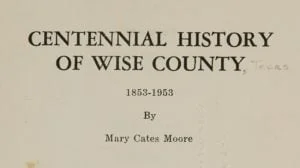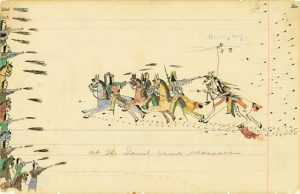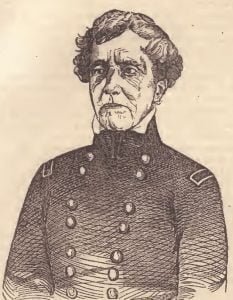A Pictorial Souvenir of Tombstone, Arizona
In this pictorial souvenir of Tombstone, Blythe endeavors to present to you the buildings of Tombstone as they looked in 1940s through pencil sketches, although the majority of the buildings were built between 1879 and 1882. One of the prime highlights of the town is the old Bird Cage Theatre, which offered in its heyday, “stupendous, colossal attractions” by night, gambling and drinking by day, has been turned into a museum and is filled with mementos of the town’s early history. You have missed a prime sight if you fail to see Tombstone, heart of the old Southwest where history was written with six-shooters.





